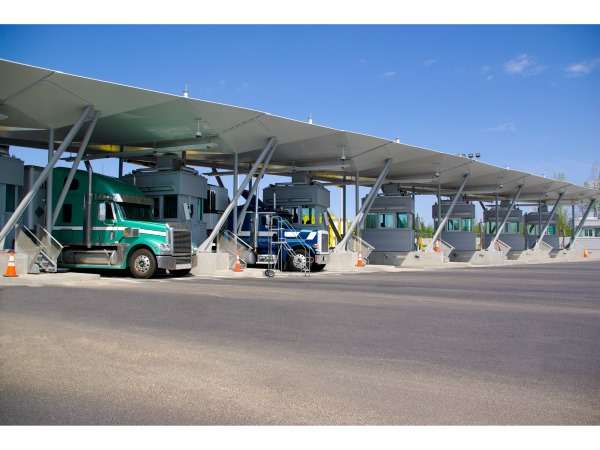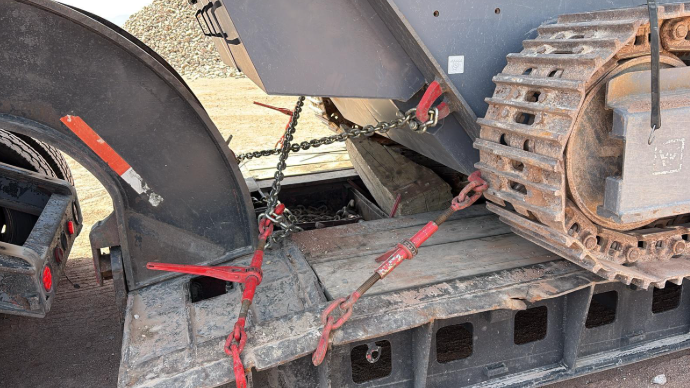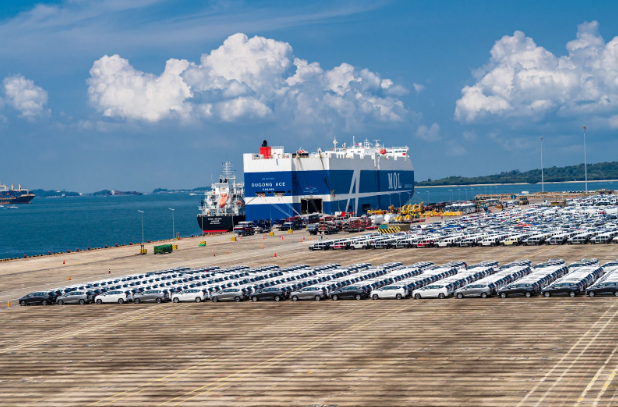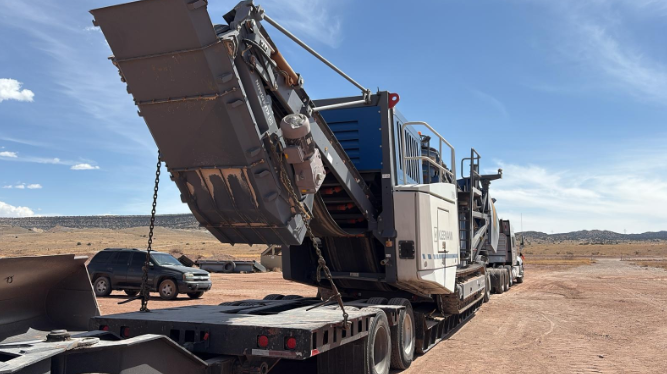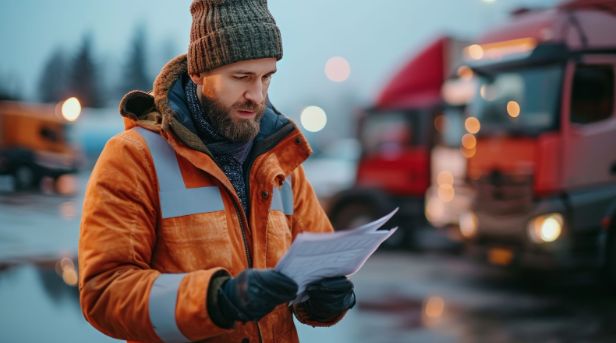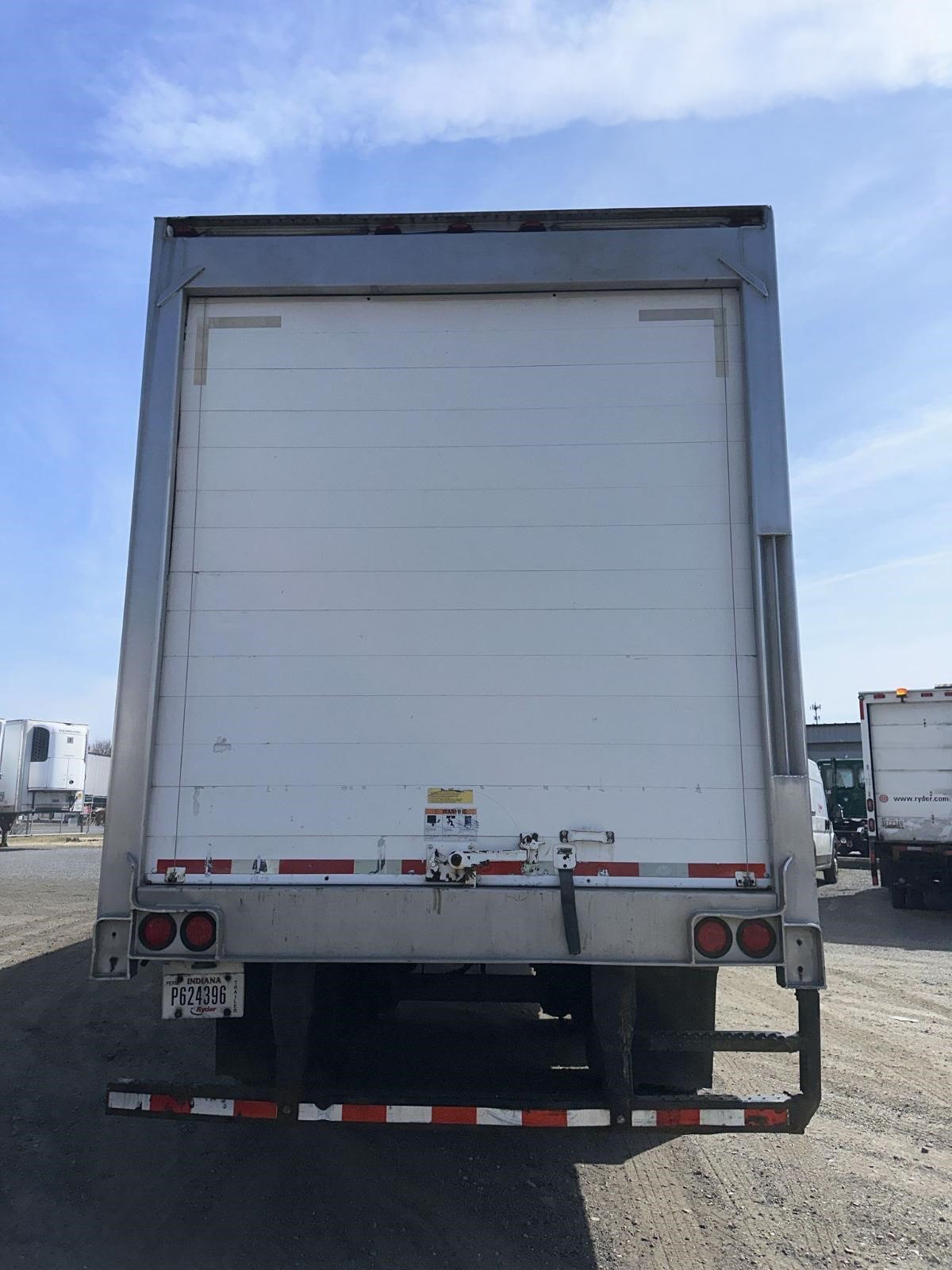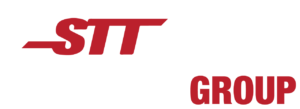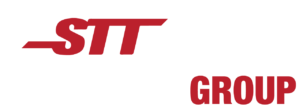Welcome to our blog, your ultimate resource for all things related to importing equipment from the United States! At STT Logistics, we understand that navigating the import process can seem daunting, especially for our valuable customers in Latin America. That’s why we are here to help! In this blog post, we will walk you through the necessary steps and essential documents required to import the equipment we are transporting for you. Let’s dive in together!
Step 1: Research and Identify Your Equipment:
Hola! Before jumping into the import process, it’s important to research and identify the specific equipment you want to bring in from the United States. Take some time to familiarize yourself with its technical specifications, any compliance regulations associated with it, and be aware of any potential restrictions your country may have.
Step 2: Partner with a Reliable Freight Forwarder:
¡Listo! Now that you’ve got your equipment chosen, it’s time to partner with a reliable freight forwarder like STT Logistics. We have the experience and expertise to handle your import needs seamlessly. Our dedicated team will be with you every step of the way, ensuring a smooth import process and tackling any challenges that may arise.
Step 3: Get Your Documentation in Order:
¡Vamos! To keep everything running smoothly, there are some important documents you’ll need to gather. While the specific requirements can vary, there are a few common ones:
a. Commercial Invoice: This detailed invoice provides information about the equipment, including its description, purchase price, and seller details.
b. Bill of Lading (B/L): A legal document issued by the shipping company or carrier, acknowledging the receipt of goods for shipment.
c. Packing List: A comprehensive inventory list specifying the contents and quantities of your shipment.
d. Import License or Permits: Certain equipment may require specific import licenses or permits to comply with local regulations. Check with your country’s customs authorities to determine if these are needed.
e. Certificate of Origin: This document confirms the country of origin of the equipment, which is often required for customs clearance.
Step 4: Prepare for Customs Duty and Taxes:
¡Importante! When importing equipment, keep in mind that customs duty and taxes are usually involved. Familiarize yourself with your country’s duty rates and any applicable taxes beforehand. This will help you plan ahead and avoid any unforeseen costs. Our team at STL Logistics can help you estimate and prepare for these expenses.
Step 5: Smooth Through Customs Clearance:
¡Casi llegando! Once your equipment arrives in your country, it must go through customs clearance. Not to worry, though! Our dedicated team will assist you in submitting the required documentation and declarations to customs authorities. Always be prepared for potential inspections and ensure that all information provided is accurate and complete.
Step 6: Arrange Transportation and Delivery:
¡Éxito! After clearing customs, it’s time to arrange for transportation and delivery of your equipment to its final destination. Our freight forwarding experts will work with local carriers to ensure the safe and timely delivery of your goods. Rest assured, your equipment will be in good hands!
In Conclusion:
At STT Logistics, we understand the complexities of importing equipment from the United States. We hope this blog post has provided you with valuable insights and tips on the import process. Remember, our team is just a click or a call away, ready to assist you with any questions or concerns you may have. Visit our website at www.sttlg.us or reach out to our friendly customer support. We’re here to make your import journey a success! ¡Adelante y bienvenidos a STT Logistics!
